Curious Questions: Who invented the weather forecast?
Martin Fone tells the fascinating — and ultimately heartbreaking — tale of Robert Fitzroy, the visionary sailor-turned-scientist whose pioneering work saved countless thousands of lives.
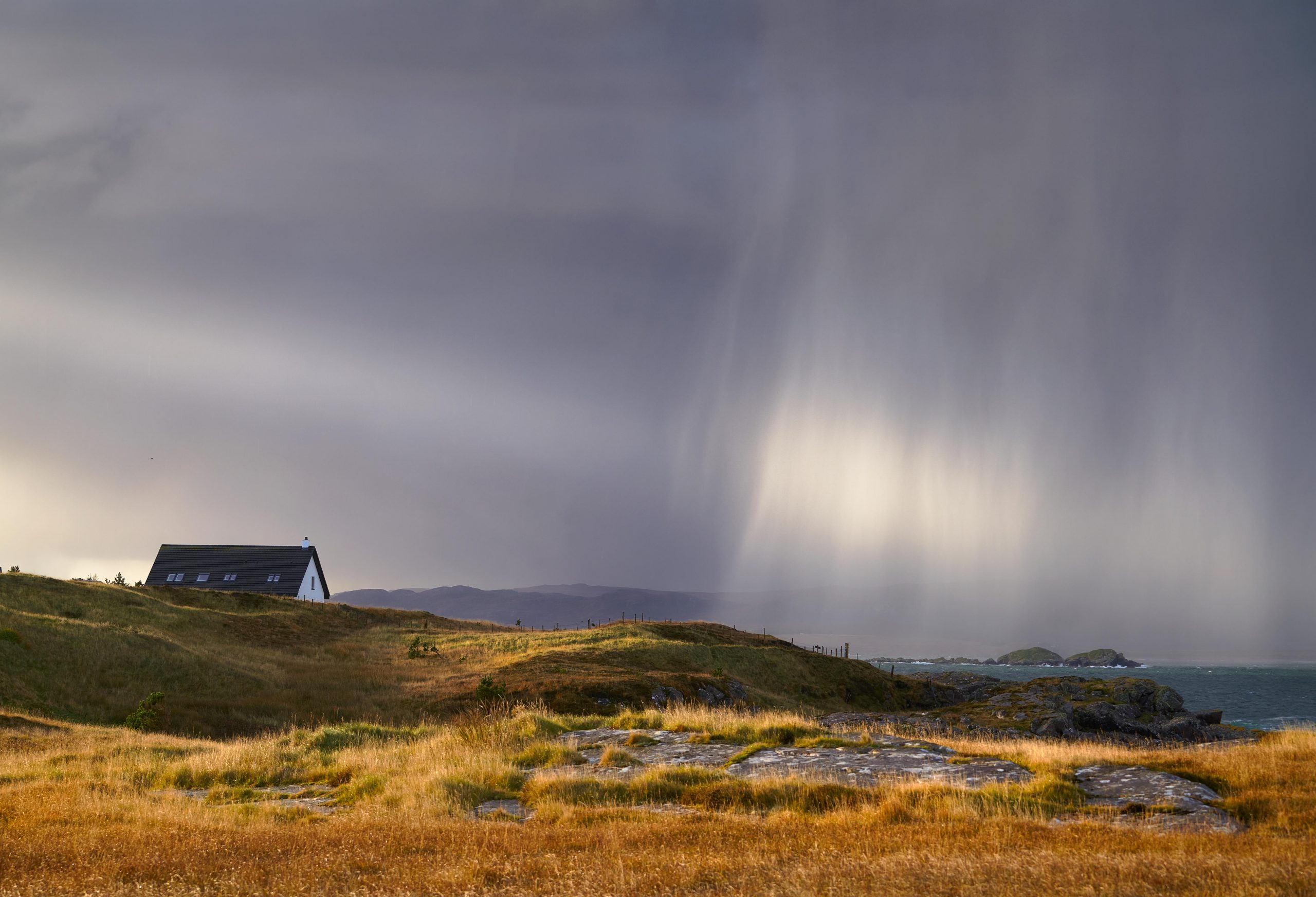

Daily and long-term weather forecasts are so familiar that we rarely give any thought to their production or genesis. Key to moving the study of weather from folklore and the pseudo-science of Aristotle’s Meteorologica to a firmer, more scientific basis was the development of the thermometer, by Galileo in 1592; and the barometer, by his student Evangelista Torricelli in 1643. Grand Duke Ferdinand II of Tuscany first had the idea of establishing a network of weather observation stations, stretching across northern Italy, in 1654. It operated until 1670, but his attempts to extend the reach of the network were unrealised.
The Societas Meteorologica Palatina, founded by Elector Karl Theodor in Mannheim in 1780, had better luck, creating a chain of 39 weather stations across Europe, Russia, and North America. For over a decade each station, using identical pieces of equipment, took meteorological readings three times a day and sent them back to Mannheim. By the time the data had reached headquarters, though — a journey involving mail coaches and boats — it was more ancient history than news.
What revolutionised the process was the invention of the electric telegraph by David Alter in 1836, swiftly followed by the Morse telegraph a year later. The telegraph had a transformative effect on the speed of communications, arguably as important a development as the invention of printing and the worldwide web. It meant that observations from weather stations around the country, even from around the world, could be collated within minutes rather than days.
One of the first to realise the possibilities the telegraph presented for meteorologists was James Glaisher, a scientist whose exploits were rather fancifully portrayed by Edward Redmayne in the 2019 film, The Aeronauts. He was commissioned by the proprietors of the Daily News to organise readings from meteorological stations around Britain ‘for the purpose of a daily Meteorological Table which they wished to publish in that newspaper’. The first such table was published on August 31, 1848, showing conditions prevailing on the previous day and headed ‘State of the Wind and Weather’.
"FitzRoy grew increasingly alarmed at the loss of life around the coastal waters of Britain; between 1855 and 1860 some 7,402 ships were wrecked at the cost of 7,201 lives"
It portentously noted that ‘the state of the weather for the next two months must have such important consequences that we have made arrangements with the Electric Telegraph Company for a daily report’. For 29 locations, from Chelmsford to York, it tabulated the wind direction and a very brief description of the weather conditions.
Reports were published daily until they were stopped abruptly on October 30, 1848. The decision was met with widepsread dismay, not least from the Astronomer Royal (the aptly-named George Airy). The public outcry led the paper to have a rethink, publishing an improved Table 0f synchronous Meteorological Observations from June 14, 1849. Under Airy’s direction, Glaisher went on to produce daily weather maps, the first printed version of which was distributed at the Great Exhibition on August 8, 1851.
Forecasts, though, these were not. Many believed that the weather was simply so unpredictable that any such exercise would be the height of futility. When one MP in 1854 suggested in Parliament that recent advances in scientific theory might allow them to know the weather in London ‘twenty-four hours beforehand’, he was greeted with hoots of derision. But a naval officer named Admiral Robert FitzRoy — the man who’d captained HMS Beagle while Charles Darwin made his voyage of evolutionary discovery — had other ideas.
Sign up for the Country Life Newsletter
Exquisite houses, the beauty of Nature, and how to get the most from your life, straight to your inbox.
Years at sea had left FitzRoy fascinated by trying to analyse the link between temperature, air pressure and weather patterns, and in 1854 he was appointed to establish the Meteorological Department of the Board of Trade — later to become the Met Office — charged with enhancing the quality of wind charts with the aim of improving sailing times. He grew increasingly alarmed at the loss of life around the coastal waters of Britain; between 1855 and 1860 some 7,402 ships were wrecked at the cost of 7,201 lives, many of which, he believed, could have been prevented by a timely warning.
The tipping point came on the night of 25th and 26th October 1859 when a storm, the worst to hit the Irish Sea in the 19th century, destroyed 133 ships, killing over 800 souls. One of the casualties was the Royal Charter, a steam clipper reaching the end of its two-month journey from Australia, which came to grief off the coast of Anglesey with the loss of all but 41 of its complement of 500 crew and passengers.
FitzRoy was detailed to issue storm warnings. He analysed data gathered from coastal stations and telegraphed to him, and when he thought a storm was imminent he began what he described as ‘a race to warn the outpost before the gale reaches them’. The telegraph technology was critical, since — as the Daily News write— it ‘far outstrips the swiftest tempest in celerity’.
"Punch christened him ‘The First Admiral of the Blew’."
The storm warnings began to appear in September 1860. It was a logical step, having analysed all the data, for FitzRoy to use his findings to predict the weather, irrespective of whether a storm was imminent. On August 1, 1861 hidden away on page 10 of The Times was an unprepossessing item headed ‘general weather probable in the next two days’. The piece stated that the temperature in London was to be 62F, 61F in Liverpool and a pleasant 70F in Dover, the same as Lisbon. For good measure, it also covered Copenhagen, Helder, Brest and Bayonne.
The weather forecast had arrived —and not only did it prove to be extremely popular, it was surprisingly accurate. FitzRoy’s forecasts were soon syndicated across other newspapers and organisers of outdoor events and students of the turf took especial heed of his prognostications. Punch, the satirical magazine, christened him ‘The First Admiral of the Blew’.
FitzRoy was keen to manage down expectations, writing ‘prophecies and predictions they are not… the term forecast is strictly applicable to such an opinion as is the result of scientific combination and calculation’, but despite his caveats cynics were quick to point out their shortcomings. The Age, in its build up to the Epsom Derby in May 1862, noted that with ‘what satisfaction did the experienced interpreters of the prediction see that he had set down for the south of England – “Wind SSW to WNW moderate to fresh, some showers”, which of course indicated that it would be a remarkably fine day, and that the umbrellas might be left behind.’
Proactively, FitzRoy took to the correspondence pages of the papers to apologise to ‘those whose hats had been spoilt from umbrellas being omitted’, and to defend his methods about his bad run.
Storm clouds were gathering, though. Politicians complained about the excessive costs of telegraphing back and forth — politics and public safety rarely mix — while the scientific community were sceptical of his methods and his more egregious errors were seized upon by his critics. That criticism tormented him, while he was also battling depression, ill health and financial trouble, having exhausted his entire fortune on honing his scientific methods.
His last forecast, published on April 29, 1865, predicted thunderstorms over London. The following day, after preparing to go to church and kissing his daughter, FitzRoy went back to his dressing room, locked the door, and killed himself.
It had all proved too much, but the idea of forecasting the next day’s weather was one that would not die. Forecasts were reinstated (thanks in large part to pressure from fishermen themselves, who recognised FitzRoy’s contribution to keeping them safe), and a fund was set up to take care of his widow and daughter. He’s also been honoured countless times across the world, with everything from IBM supercomputers to a Shipping Forecast area named after him.
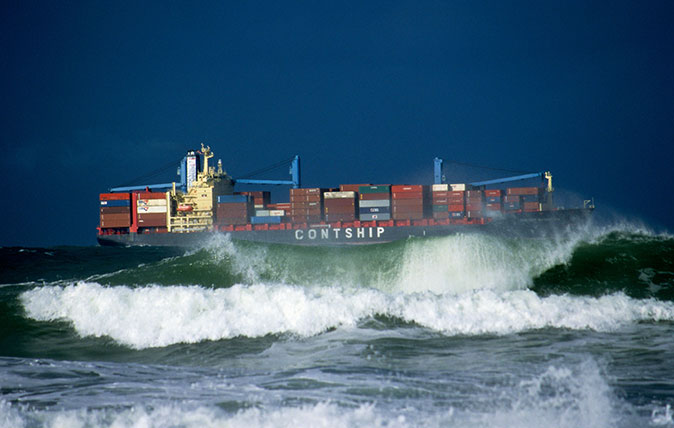
Credit: Alamy
10 fascinating things you should know about the Shipping Forecast
From the tragedy which sparked its inception to the modern tweaks which have had listeners up in arms.

Credit: DBOX
London's newest square garden: Relaxing spaces and family fun, all 27 floors up in the air
Apartments at the Landmark Pinnacle will be ready to move into next year, allowing residents to enjoy a panoramic gym,
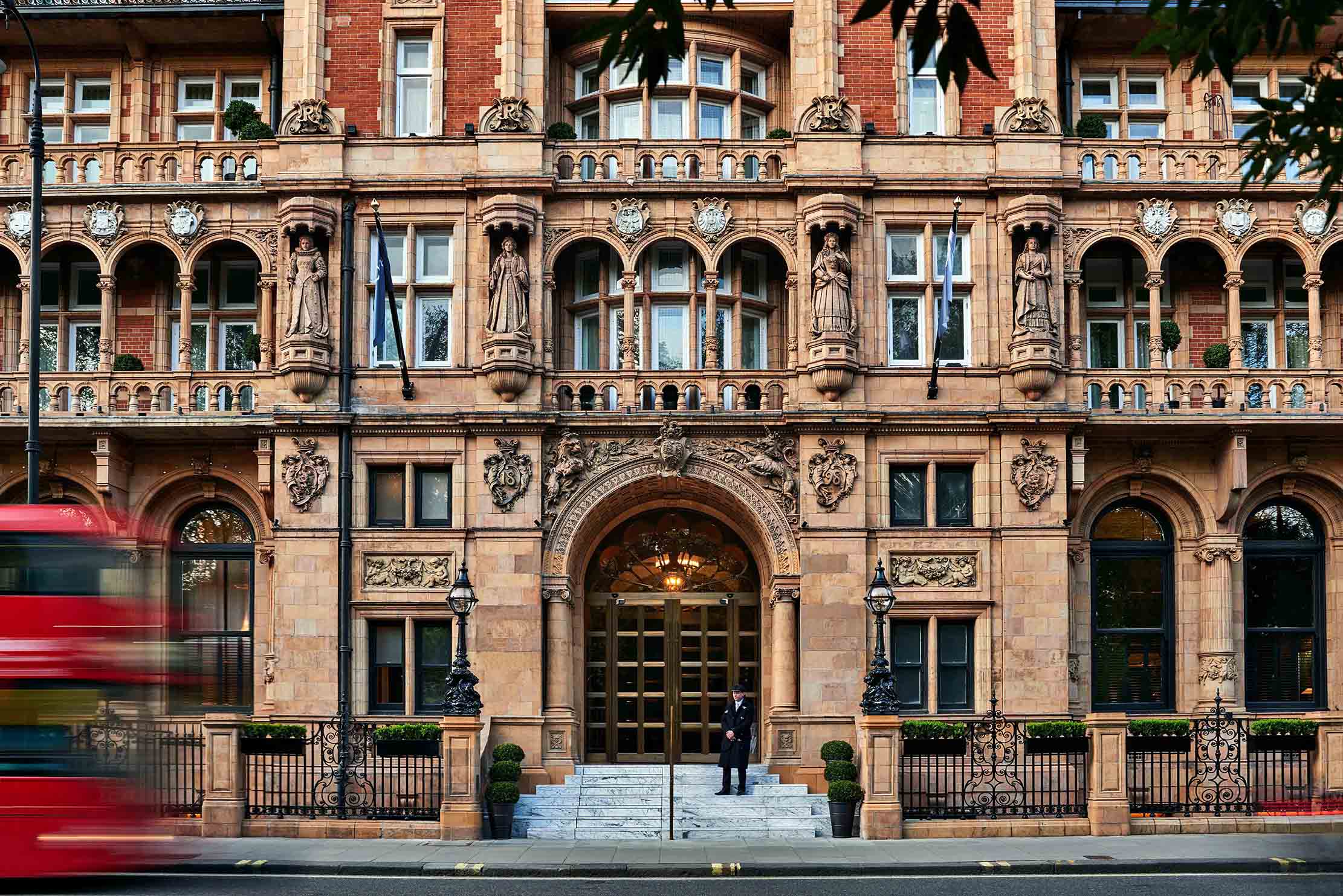
Credit: Kimpton Fitzroy
The Kimpton Fitzroy: A dog-friendly London luxury hotel whose architect created the First Class dining room on the Titanic
The Kimpton Fitzroy is a central London hotel full of history that's perfect for an opulent weekend in the Big

Rosie and Jim: 'Please, just put the Le Creuset down Doris'
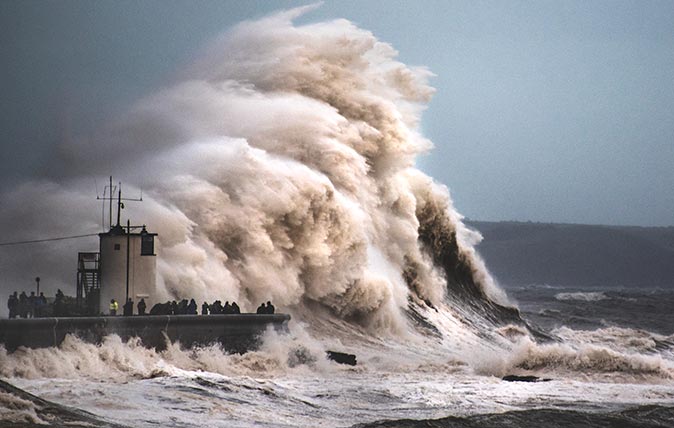
Credit: Getty Images
Curious Questions: Are weather forecasts really as bad as you think they are?
Weather forecasters might not always get it right, but technology is making meteorology more of an exact science than it
After graduating in Classics from Trinity College Cambridge and a 38 year career in the financial services sector in the City of London, Martin Fone started blogging and writing on a freelance basis as he slipped into retirement. He has developed a fearless passion for investigating the quirks and oddities of life and discovering the answers to questions most of us never even think to ask. A voracious reader, a keen but distinctly amateur gardener, and a gin enthusiast, Martin lives with his wife in Surrey. He has written five books, the latest of which is More Curious Questions.
-
 How an app can make you fall in love with nature, with Melissa Harrison
How an app can make you fall in love with nature, with Melissa HarrisonThe novelist, children's author and nature writer Melissa Harrison joins the podcast to talk about her love of the natural world and her new app, Encounter.
By James Fisher
-
 'There is nothing like it on this side of Arcadia': Hampshire's Grange Festival is making radical changes ahead of the 2025 country-house opera season
'There is nothing like it on this side of Arcadia': Hampshire's Grange Festival is making radical changes ahead of the 2025 country-house opera seasonBy Annunciata Elwes
-
 Curious Questions: Will the real Welsh daffodil please stand up
Curious Questions: Will the real Welsh daffodil please stand upFor generations, patriotic Welshmen and women have pinned a daffodil to their lapels to celebrate St David’s Day, says David Jones, but most are unaware that there is a separate species unique to the country.
By Country Life
-
 Nobody has ever been able to figure out just how long Britain's coastline is. Here's why.
Nobody has ever been able to figure out just how long Britain's coastline is. Here's why.Welcome to the Coastline Paradox, where trying to find an accurate answer is more of a hindrance than a help.
By Martin Fone
-
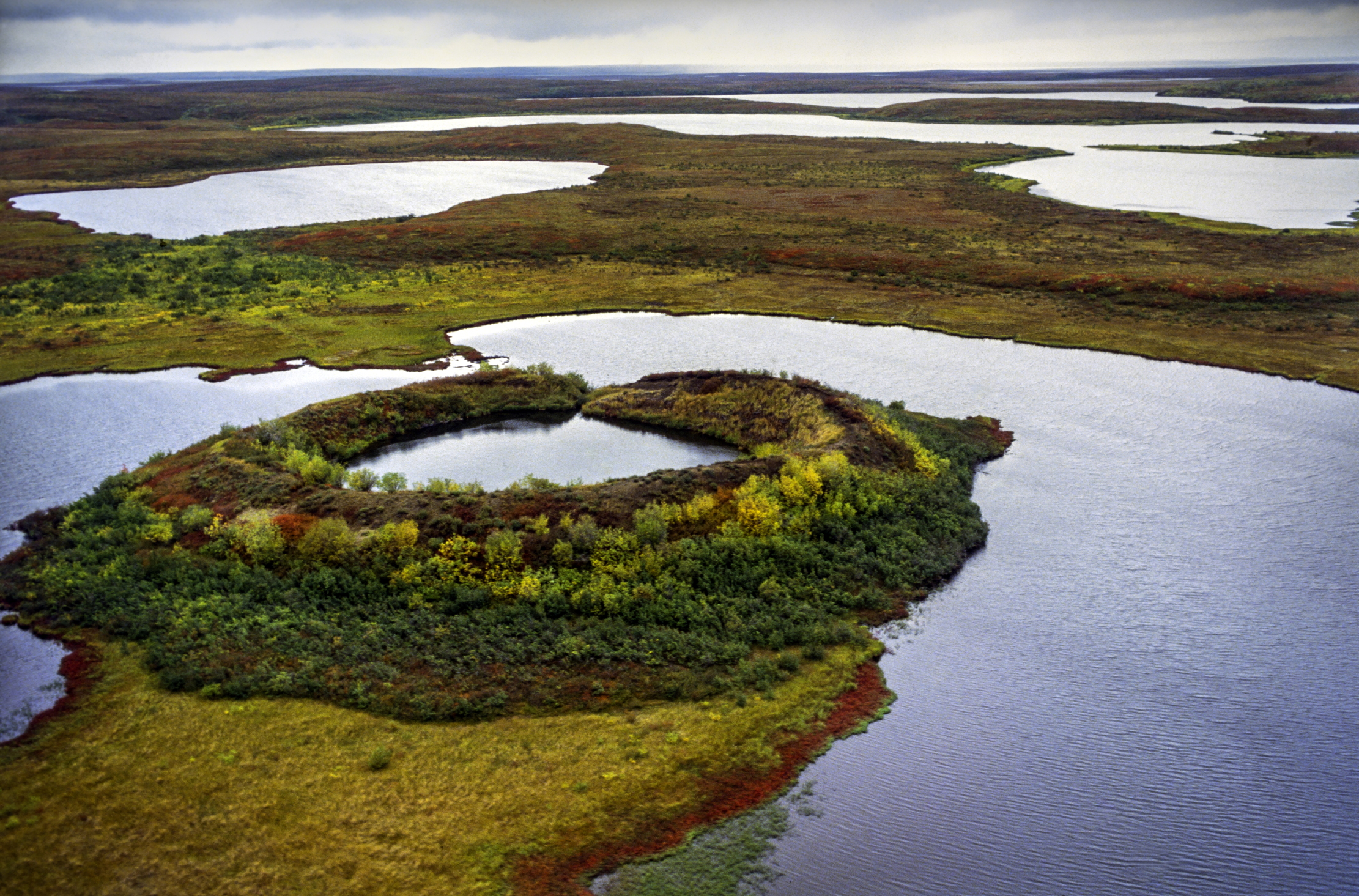 Curious questions: how an underground pond from the last Ice Age almost stopped the Blackwall Tunnel from being built
Curious questions: how an underground pond from the last Ice Age almost stopped the Blackwall Tunnel from being builtYou might think a pond is just a pond. You would be incorrect. Martin Fone tells us the fascinating story of pingo and dew ponds.
By Martin Fone
-
 Curious Questions: What's in a (scientific) name? From Parastratiosphecomyia stratiosphecomyioides to Myxococcus llanfair pwll gwyn gyll go gery chwyrn drobwll llan tysilio gogo goch ensis, and everything in between
Curious Questions: What's in a (scientific) name? From Parastratiosphecomyia stratiosphecomyioides to Myxococcus llanfair pwll gwyn gyll go gery chwyrn drobwll llan tysilio gogo goch ensis, and everything in betweenScientific names are baffling to the layman, but carry all sorts of meanings to those who coin each new term. Martin Fone explains.
By Martin Fone
-
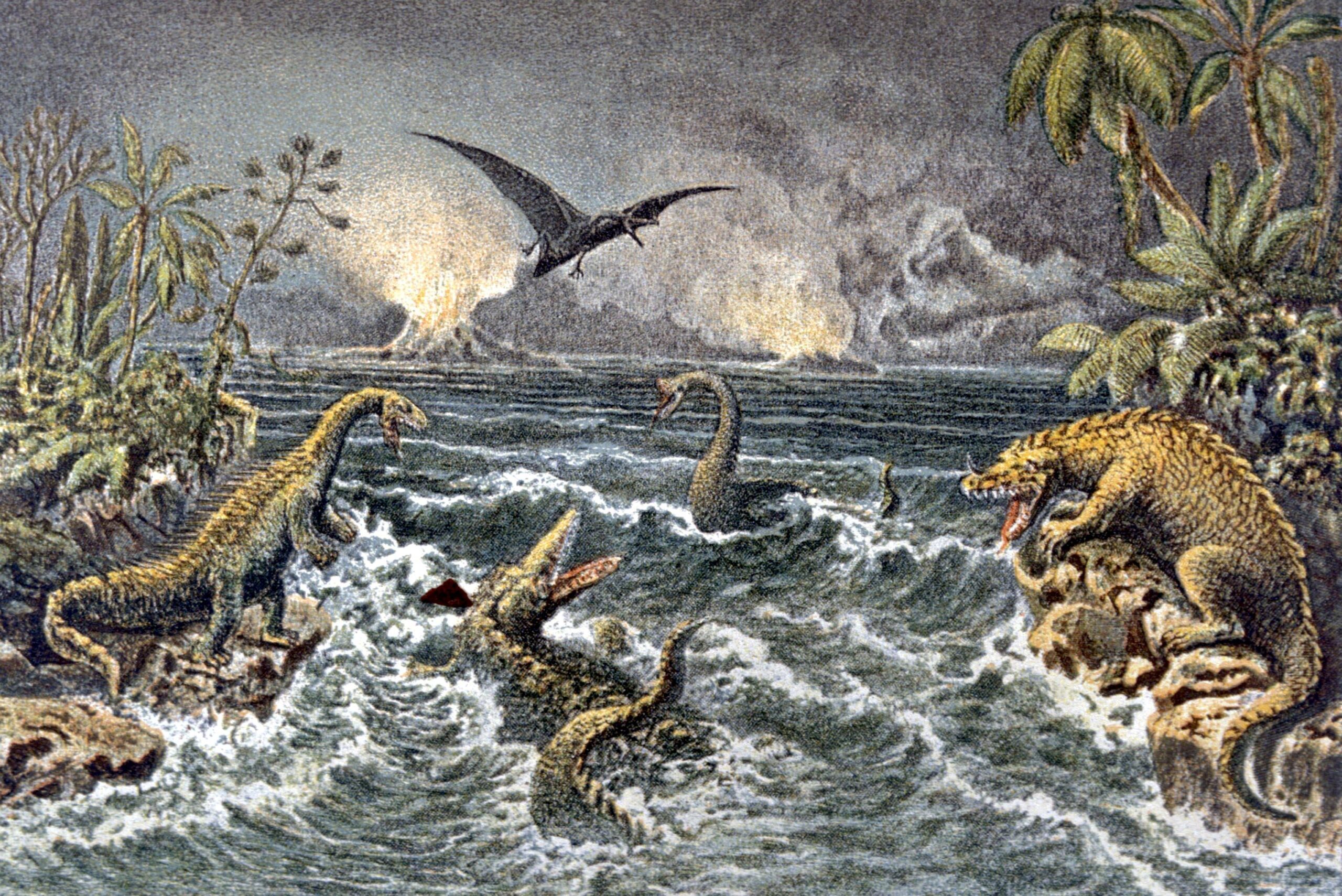 Curious Questions: How did a scrotum joke confuse paleontologists for generations?
Curious Questions: How did a scrotum joke confuse paleontologists for generations?One of the earliest depictions of a fossil prompted a joke — or perhaps a misunderstanding — which coloured the view of dinosaur fossils for years. Martin Fone tells the tale of 'scrotum humanum'.
By Martin Fone
-
 Curious Questions: Why do so many animals have bright white bottoms?
Curious Questions: Why do so many animals have bright white bottoms?Why do so many animals have such obviously flashy appendages, asks Laura Parker, as she examines scuts, rumps and rears.
By Laura Parker
-
 The 1930s eco-warrior who inspired David Attenborough and The Queen, only to be unmasked as a hoaxer and 'pretendian' — but his message still rings true
The 1930s eco-warrior who inspired David Attenborough and The Queen, only to be unmasked as a hoaxer and 'pretendian' — but his message still rings trueMartin Fone tells the astonishing story of Grey Owl, who became a household name in the 1930s with his pioneering calls to action to save the environment — using a false identity to do so.
By Martin Fone
-
 Curious Questions: Why do all of Britain's dolphins and whales belong to the King?
Curious Questions: Why do all of Britain's dolphins and whales belong to the King?More species of whale, dolphin and porpoise can be spotted in the UK than anywhere else in northern Europe and all of them, technically, belong to the Monarch. Ben Lerwill takes a look at one of our more obscure laws and why the animals have such an important role to play in the fight against climate change.
By Ben Lerwill